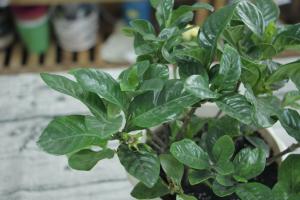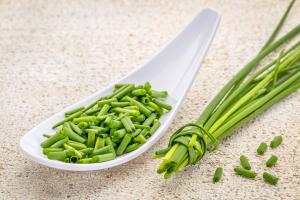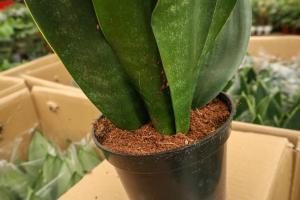Can Celery be Planted in Pots?
Celery is a tasty and nutritious vegetable that is commonly grown in large gardens. However, not everyone has the luxury of having an expansive garden space. For those looking to grow celery but are limited by space, planting in pots is a viable option. The question is, can celery be planted in pots successfully? The answer is yes, but certain conditions must be met.
Choosing the Right Pot
The first step in planting celery in pots is to choose the right container. Celery has a deep root system, so the container must be large and deep enough to accommodate the roots. A pot that is at least 8-10 inches deep and wide enough to allow for proper growth is ideal. Additionally, the pot must have adequate drainage to prevent waterlogged soil, which can kill celery plants.
Soil Requirements
Next, the soil in the pot must have the right composition. Celery requires a rich, loamy soil that drains well. A mixture of compost, peat moss, and vermiculite or perlite is ideal for growing celery in pots. This mixture provides the necessary nutrients for growth while also ensuring that the soil does not become compacted, which can impede root growth.
Watering and Fertilization
Celery is a moisture-loving plant, so adequate watering is crucial. The soil in the pot should be kept consistently moist but not waterlogged. Overwatering can lead to root rot and other problems that can kill the plant. Fertilization is also essential for growing healthy celery plants in pots. A balanced fertilizer with equal amounts of nitrogen, phosphorus, and potassium should be applied once a month throughout the growing season.
Light Requirements
Celery plants need plenty of sunlight to grow and produce healthy stalks. Therefore, it is important to place the pot in a location that gets at least six hours of sunlight per day. If growing celery indoors, a sunny windowsill or artificial grow lights can be used to provide the necessary light.
Pests and Diseases
All plants are susceptible to pests and diseases, and celery is no exception. Slugs, aphids, and snails are common pests that can damage celery plants. Regularly inspecting the plants for signs of pest infestations and treating the problem promptly can prevent serious damage. Additionally, proper sanitation practices can prevent the spread of diseases that affect celery plants.
Conclusion
Planting celery in pots is a feasible option for those with limited garden space. While it requires proper pot selection, soil composition, adequate watering and fertilization, appropriate light conditions, and vigilance against pests and diseases, growing celery in pots can be a rewarding experience. With patience and diligence, one can enjoy crispy and nutritious celery stalks that are homegrown and fresh.

 how many times do yo...
how many times do yo... how many planted tre...
how many planted tre... how many pine trees ...
how many pine trees ... how many pecan trees...
how many pecan trees... how many plants comp...
how many plants comp... how many plants can ...
how many plants can ... how many plants and ...
how many plants and ... how many pepper plan...
how many pepper plan...































